The alliance is chaired by Mr. Nguyen Van Khoa, General Directorof FPT . The two Vice Chairmen are Mr. Don Lam, Founder and CEO of VinaCapital and Mr. Tran Anh Tuan, CEO of Vietnam UAV Network.
Create 1 million high-quality jobs
The LAE Alliance was established with the goal of building Vietnam into a leading country in the region in low-level economy , moving towards the world's low-level economic center, developing high-tech industries applying UAVs, unmanned aviation, smart devices, data and automation.
The alliance expects this new economy to promote thousands of supporting businesses, create 1 million high-quality jobs and bring tens of billions of USD to Vietnam in the next 10-15 years. The alliance brings together leading technology, financial, start-up and expert corporations, with the common goal of forming a key economic sector.
Vietnam, with its geopolitical advantages, policies encouraging innovation, and a young and dynamic workforce, is facing a "once-in-a-lifetime opportunity" to become a low-end industrial center of the region and the world.
Here, the partners signed and exchanged many cooperation agreements such as between the Low-level Economic Alliance and Ho Chi Minh City; the cooperation minutes between the People's Committee of Ho Chi Minh City and Sovico Group on the development of urban railway line - metro No. 4; the cooperation minutes between Hanoi, Sovico Group and UNESCO in developing the Creative Capital on the basis of heritage and traditional values...
The Low Altitude Economy (LAE) is considered a new strategic economic sector, worth hundreds of billions of USD, revolving around commercial and civil activities in the space below 1,000 meters where drones, electric vertical take-off and landing aircraft (eVTOL), logistics drones, surveillance, smart agriculture... operate.

Recently, drones have effectively participated in rescue and relief work for people affected by storms and floods.
Enhancing technological autonomy
According to experts, the global low-altitude aviation industry alone is valued at about 700 billion USD by 2035. In Vietnam, the potential of the low-altitude economy is estimated to reach 10 billion USD, if existing opportunities are well exploited.
According to Mr. Tran Kim Chung, Chairman of CT Group, Low Altitude Economy (LAE) is defined as a complete economy operating in space from the ground up to 3,000m, and is considered a breakthrough growth driver for many countries.
"The low-altitude space economy is not a single industry, but a comprehensive economic ecosystem, integrating both green economic and digital economic factors. This is an economy that exploits space resources, with productivity surpassing traditional models," said the Chairman of CT Group.
The clearest evidence is in the agricultural sector, where a drone can spray and monitor 67 hectares of crops in a day, while a skilled worker can only handle a maximum of one hectare. Similarly, in the electricity industry, one hour of UAV work can be equivalent to three days of work for a line inspector.
"The leap in productivity, not just a few dozen percent but dozens of times, is the key factor that helps economies evolve," said Mr. Chung.
In the world, this trend is booming strongly. In China, this country has deployed LAE since 2023 with an initial scale of about 69.8 billion USD. It is forecasted that by 2025, this market size will reach over 500 billion USD. Many provinces and cities in China have identified LAE as a new growth driver. In Indonesia, the Low-Altitude Space Economic Committee was established in early 2024, showing the determination of countries in the region.
For Vietnam, Mr. Tran Kim Chung believes that developing LAE will bring four strategic benefits.
First, it creates huge added value. LAE is seen as a “mapping” of the entire terrestrial economy onto the air, covering all sectors from agriculture, logistics, construction, energy to tourism and security. The combination of these sectors will continue to create new business models.
Second, it provides an effective tool to address major national challenges such as food security, traffic congestion, environmental pollution, climate change response and national security. At the same time, LAE can completely change urban planning and improve people's happiness index.
Third, improve technological autonomy. LAE is an economy that integrates many high technologies and when it masters it, Vietnam will not only master the technology chain but also have a distinct position in the international arena.
Fourth, it is completely suitable for Vietnam's resources and conditions in the current period, opening up great opportunities not only for the economy but also for domestic enterprises./.
Source: https://mst.gov.vn/ra-mat-lien-minh-kinh-te-tam-thap-tham-gia-thi-truong-700-ty-usd-197251116080757177.htm


![[Photo] General Secretary To Lam receives Vice President of Luxshare-ICT Group (China)](https://vphoto.vietnam.vn/thumb/1200x675/vietnam/resource/IMAGE/2025/11/15/1763211137119_a1-bnd-7809-8939-jpg.webp)



![[Photo] Prime Minister Pham Minh Chinh meets with representatives of outstanding teachers](https://vphoto.vietnam.vn/thumb/1200x675/vietnam/resource/IMAGE/2025/11/15/1763215934276_dsc-0578-jpg.webp)






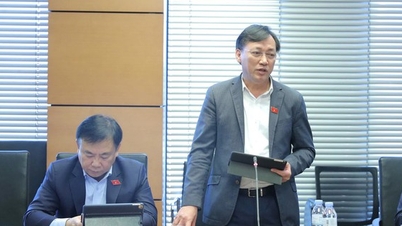




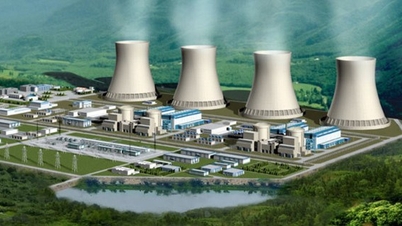


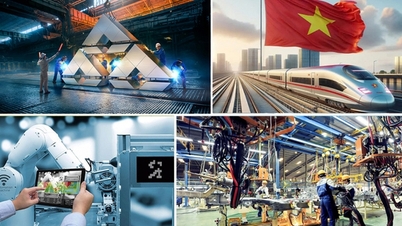















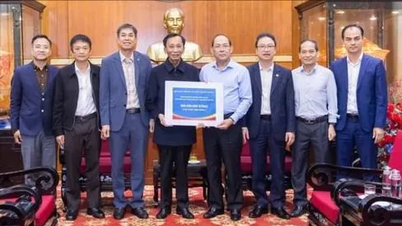





























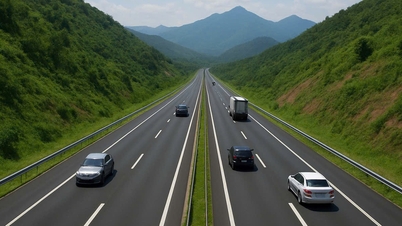









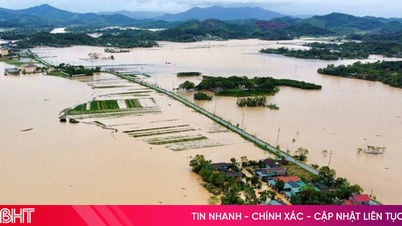














Comment (0)